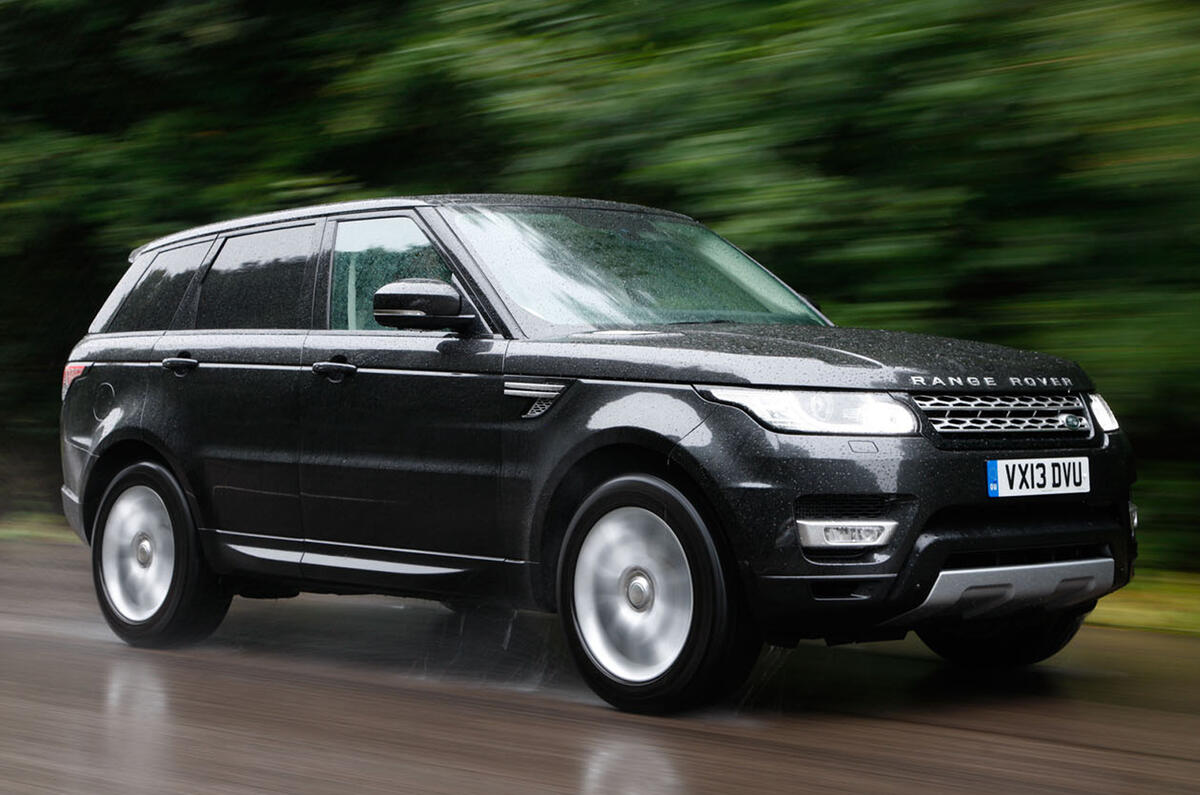I’m told that when it owned Land Rover, Ford figured that the first Range Rover Sport would be the Range Rover. Hasn’t turned out that way, though. The Sport has been the brash supplemental; the showy, little brother.
It’s not that the first generation of Sport lacked the power to appear classy – in a discreet colour, on the right, small wheels – but a lot of the time it wasn’t given the opportunity. When it comes to gaudy accessories, the littler Range Rover has been the recipient of questionable badging, absurd wheels and iffy private numberplates.
However, I’ve just spent a few days in the latest Sport, and it reminded me of what a belting car it is, especially with a Supercharged engine that is lovely to drive but would be a financial pit to own. But more than that, even on 22-inch alloys and in a rich colour, what’s remarkable is how elegant it looked. Dynamic, yes, but distinctly ungaudy.
It is now freer of jewellery than its bigger sibling. And it has occurred to me that, perhaps, this is intentional. After all, the large Range Rover has traditionally been a car for those who like understatement and refinement, who like to drive from place to place without saying much about themselves.
They are not, I imagine, those who insist on ticking every option box, and who are more likely to take advantage of JLR’s relatively new ETO (Engineered To Order) division, which makes everything from body kits to halo cars, and whose bespoke and specialist services are “primarily but not exclusively focused on Range Rover.”
Perhaps this is deliberate. Why not present those with money to burn, and whimsical decisions to make, with your most expensive, and presumably most profitable car? Give it the trinkets by which it can be adorned. Let it be the blank canvas.
Let them play with the big car and allow the littler one to go about discreetly, adopting the role that it was thought it might have in the first instance.




Join the debate
Add your comment
Good point
Black Range Rovers
All the better for the de-blinging
@ jameshobiecat
very true
No e in Eccleston, you pleb.